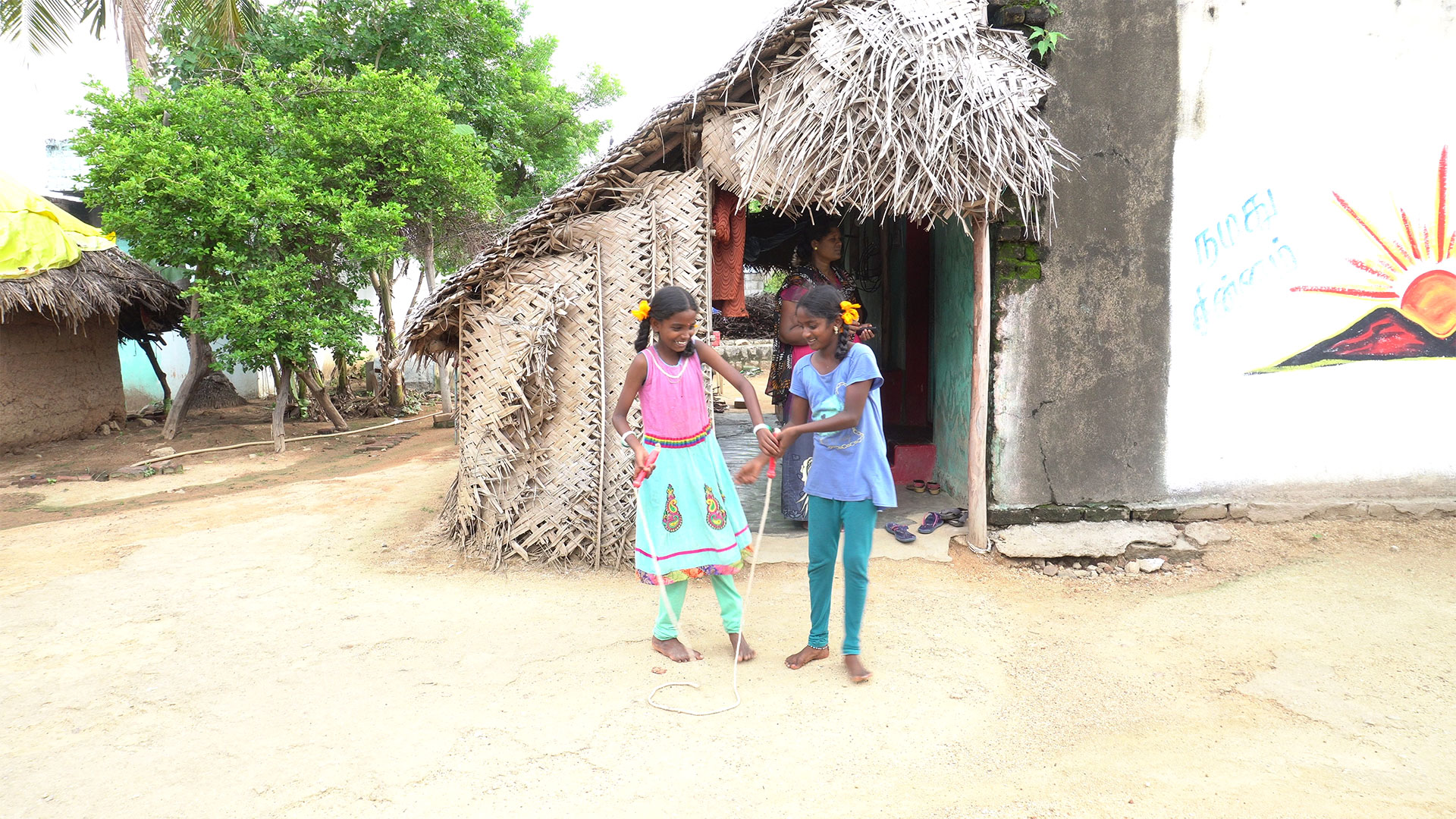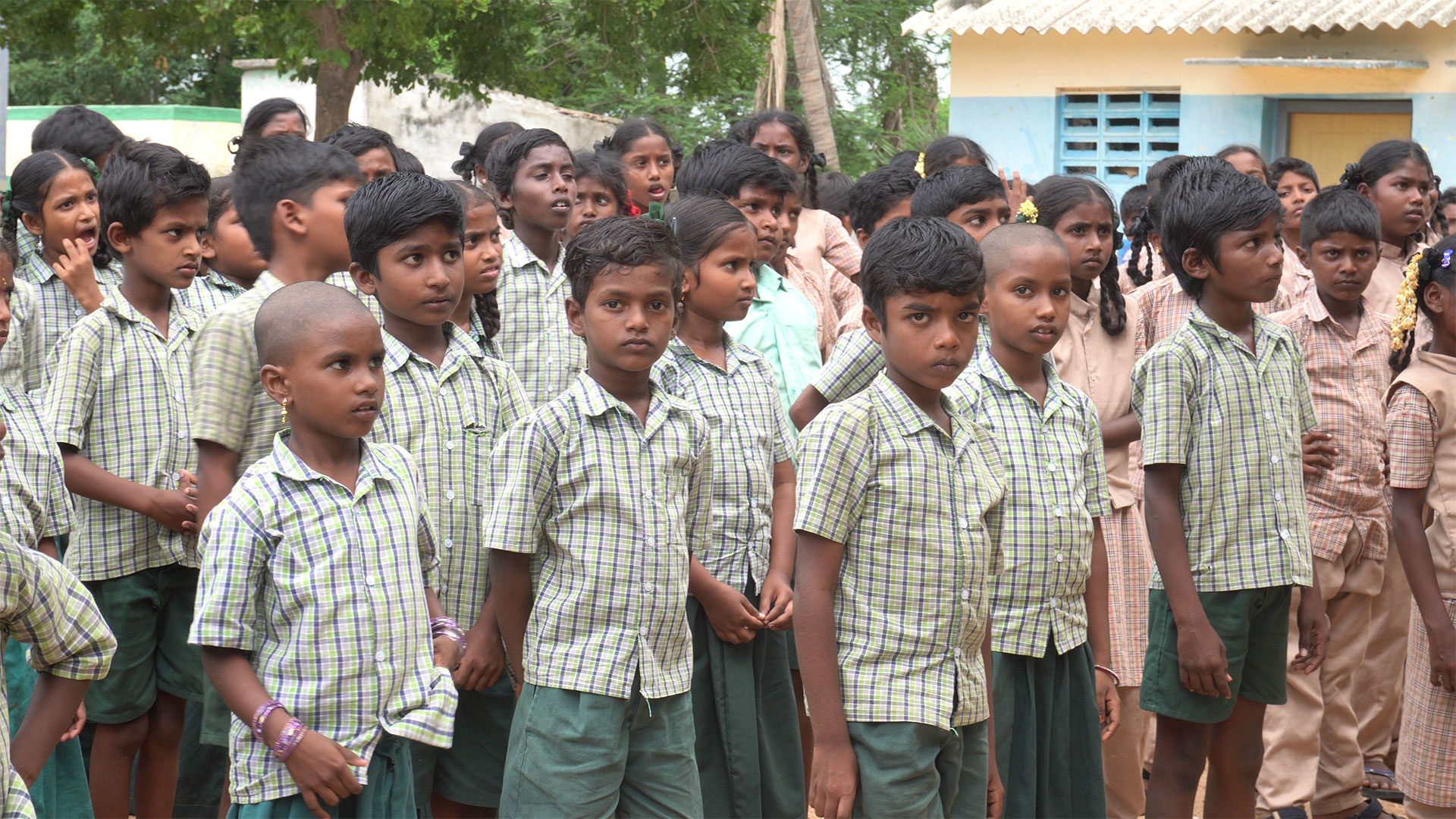On the just concluded 44th session of the United Nations Human Rights Council (UNHRC), Michelle Bachelet, UN High Commissioner for Human Rights, delivered a very potent statement on the need for urgent action to recognise and realise the rights of the child through a healthy environment.
“Environmental harms severely affect the youngest children. Indigenous children and those from low-income and marginalized communities are also among those most affected. Many of the effects of environmental degradation on children and their rights are completely preventable. And today they are being compounded by COVID-19,” Bachelet stated.
According to Bachelet, the right to a healthy environment is grounded in measures to ensure a safe and stable climate; a toxic-free environment; clean air and water; and safe and nutritious food. “It is time for global recognition of the human right to a healthy environment – recognition that can lead to stronger policies, at all levels, to protect our planet and our children,” she stressed.
The World Health Organization estimates that every year, the deaths of 1.7 million children under the age of five are due to environmental factors – notably air and water pollution and exposure to toxic substances. Approximately 73 million children worldwide also work in hazardous conditions, where they are regularly exposed to toxic substances that cause brain damage and disease.
Global Initiative on Advancing Children’s Rights to a Healthy Environment
PAN Asia Pacific (PANAP) has been part of global initiatives in advancing children’s rights to a healthy environment through its Protect Our Children from Toxic Pesticides campaign. Last October 2019, PANAP was invited the East Asia Pacific Regional Consultation on Child Rights and The Environment in Bogor, Indonesia. The consultation workshop is part of a wider Global Initiative on Advancing Children’s Right to a Healthy Environment, which is being conducted under the auspices of the UN Special Rapporteur on Human Rights and the Environment David Boyd, in collaboration with UNICEF, UN Environment, UNESCO and other international organisations.
PANAP submitted case studies and monitoring reports on the impacts of pesticides on children to the UNICEF secretariat. Our recommendations included better regulations for Highly Hazardous Pesticides and more support for agroecology and children’s rights. These inputs were referenced in the thematic report Realizing Children’s Rights Through Healthy Environment by the UN High Commissioner for Human Rights, which was submitted to and discussed in the 43rd session of the UNHRC on June 2020.
In the report, pesticides were among the toxic substances identified by the UNHRC that children are exposed to through the air, ground or water, “significantly affecting their health, development and well-being, violating multiple rights.” It pointed out that children are exposed while playing, swimming in local water sources, going to or at school, eating, drinking or working. It also acknowledged that in utero exposure of children to hundreds of hazardous chemicals compromise their fetal development.
The report pointed out that the rapid rise in pollutants in children’s environments has been accompanied by increasing global incidences of cancer, diabetes and asthma, and other health problems. Approximately 800 chemicals are known endocrine disruptors, and humans are most sensitive to endocrine disruption during early childhood and puberty.
“The connection between childhood exposure to particular toxicants and the associated health and human rights harm is not always traceable, as health effects may not become manifest until much later. Information about the exposure to and effects of these substances is typically not required by law or regulations or provided by the relevant actors, highlighting the importance of accountability and prevention,” the report stated.

PANAP and UNHRC Recommendations
Prevention, according to the UNHRC, includes effective regulation and enforcement mechanisms, as well as effective access to remedies whenever environmental harm does occur.
“States must prevent childhood toxic exposure to protect children’s rights to life, survival, development, health and bodily integrity. The intrusion of toxic substances into children’s bodies cannot be reversed, so prevention must be the primary approach. National policies continue to focus on the risks accompanying exposure rather than on preventing exposure,” it stated.
The report went on to remind States of their clear human rights obligations to prevent the adverse impacts of environmental degradation on the effective enjoyment of children’s rights, and listed several recommendations. Among them is that: “States must take all necessary, appropriate and reasonable measures to prevent businesses from causing or contributing to children’s rights abuses. This includes ensuring they comply with all applicable environmental standards and regularly monitoring business activities’ environmental impacts that may affect children’s health, food security and access to safe water and sanitation.”
The UNHRC also said that businesses should: “Identify, prevent and mitigate exposure by children to toxicants and environmental degradation through their activities, products or business relationships, including global supply chains and other international relationships; carry out environmental and human rights impact assessments that examine the effects of proposed actions on children and fully respect children’s rights standards, in accordance with the Guiding Principles on Business and Human Rights…”
Such recommendations of the UNHRC are in accordance with PANAP’s view on corporate accountability—that agrochemical (pesticide) companies are responsible for the entire life cycle of their products, covering the full supply chain, and socio-economic, physiological, ecological, and political impacts that they may have, including impacts on children. Accountability includes criminal liabilities, as well as the duty to compensate and indemnify victims and communities as well as clean up the environment.
In 2016, PANAP submitted to the UN Committee on the Rights of the Child the following recommendations to address the problems of children’s exposure to Highly Hazardous Pesticides:
- Change agricultural policy and practice to remove the assumption that pesticides are necessary; and encourage farmers to change to agroecology, biodiversity-based ecological agriculture, or organic agriculture; and ensure that pest, weeds, and diseases are managed by the methods that cause the least harm to humans and the environment (Principles of Precautionary and Minimum Harm);
- In pesticide registration, replace risk assessment with alternatives assessment and hazard assessment, using the precautionary principle as the framework, such that pesticides are only registered if there is no effective less harmful alternative, including non-chemical methods of management; in pesticide registration, institute cut-off criteria such that pesticides that are carcinogenic, mutagenic, developmental neurotoxins or immunotoxins, or endocrine disruptors are not registered or used; ensure the registration process is based on studies from independent scientists not industry science, but require industry to reveal all it knows about the toxic effects;
- Require buffer zones for plantations or farms that use pesticides, and to regularly monitor these; ban aerial spraying of pesticides; ban the use of genetically modified crops that require massive use of pesticides/herbicides;
- Ensure that pregnant women and children are not exposed to highly hazardous pesticides, or pesticides that have the potential for developmental toxicity or endocrine disruption, including through residues in food; and
- Build individual and community awareness of the pathways of exposure for children, and the potential effects on their health.
These recommendations closely align with the UNHRC’s call for States to “adopt evidence-based measures and good practices” to ensure children’s rights to a health environment. In the report, the commission also called for States to “strengthen monitoring of the impacts of environmental harm and exposure to toxics and pollution on children” and to “provide accessible, age-appropriate environmental education in school curricula aimed at increasing children’s knowledge and capacity to respond to environmental challenges.”
The report of the UN High Commissioner on Human Rights on children’s rights to a health environment is a positive step towards PANAP’s goal of a pesticides-free future for all children. It proves to be an imperative one amid the ongoing COVID-19 crisis as well.
According to Bachelet, “We need to build back better, and more sustainably, from this crisis. Our COVID-19 responses must be internationally coordinated, cooperative, evidence-based, child-centred– and they must integrate strong action to prevent biodiversity loss, childhood exposure to pollution and toxic wastes, and environmental harm.”
It could not have been better said, as pesticide poisoning among children, including child laborers and sons and daughters of agricultural laborers, continues to be a largely ignored problem in rural communities across the Asia Pacific region.###








Discussion about this post